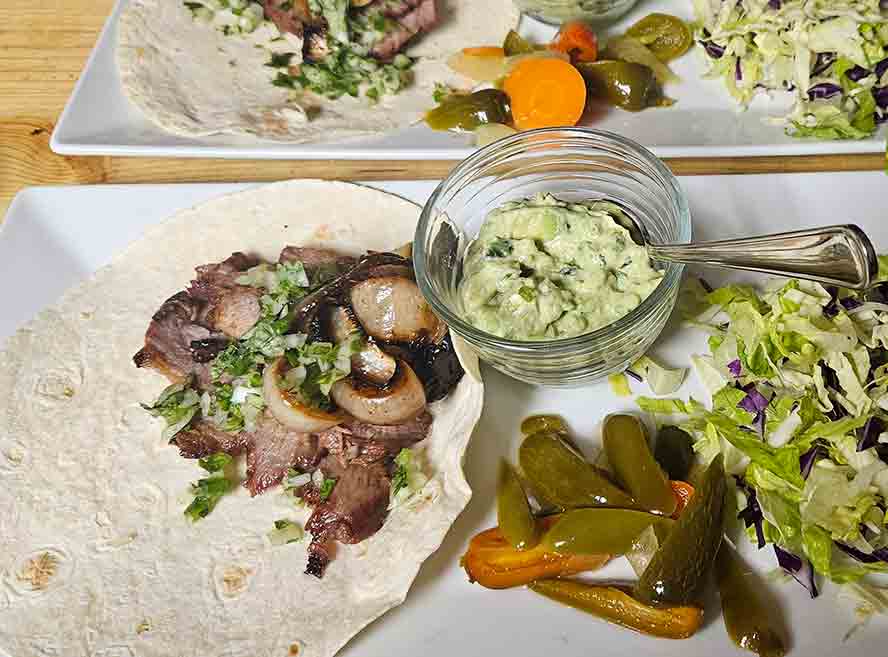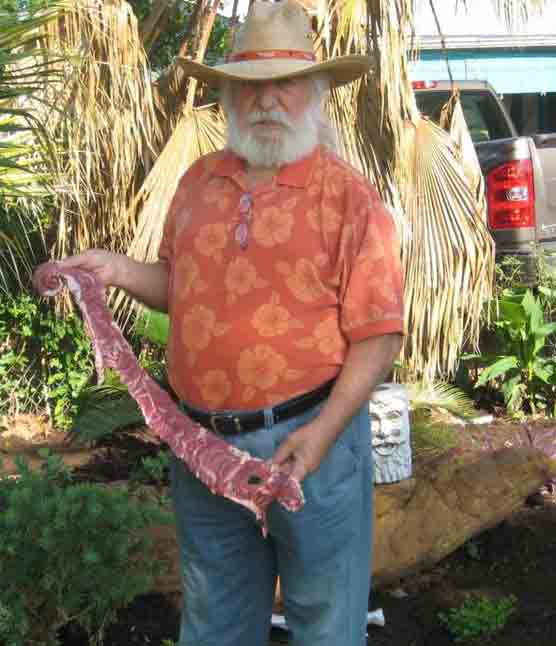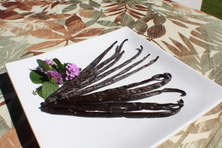A work in progress ...

This is part of the project Fajita, which spans more than just fajitas but a style of bbq that I want to develop into a skill of cooking, a skill of marinating, and style of serving. From this project you will be able to have lots of resources l at this iconic dish, present it in a fun fashion, and have an appreciation for the dish, that is truly something you can say came from the US even though it is American-Mexican Fusion or Tex-Mex.
You will know what cuts of meat make the best "Fajitas" I put Fajitas in quotes because after you read the history of Fajita you will find that it is not really a dish but a cut of beef. for instance, if you ordered a filet mignon and was served a shrimp with peppers and onions and a side of tortilla you would wonder what is going on. However the term has morphed into an iconic dish that you can get all over the world.
What do some of the most successful Fajita restaurants use for marinades.
The presentation I think is very much a part of this dish, the sizzling strips of meat, peppers and oniion,
Also savory sauces, and toppings.
What is it you want to know about Fajitas?
I am not sure why you arrived at this page. Did you want to know where the Fajita was invented? Did you want to know what the original Fajita recipe was, or what is an "authentic Fajita"?
What I wanted to know is the history, and what the best marinade is for the meat and any other tips to make it the best.
So what exactly is a Fajita ?
Fajita is a new name and presentation for a old dish called Tacos al Carbon. This means Tacos with meat cooked over coal.Today the dish is different from Tacos al Carbon, and also Carne Asada, in that it is deconstructed, served sliced with strips of peppers and onion on a sizzling platter, with warm tortillas. sauces and marinades differ. side condiments are often guacamole, sour cream and cheese.
What does the word Fajita really mean?
The word comes from the root Spanish word, "faja" meaning belt or ribbon. The word "fajita" more like a small belt or strip. The meat that was originaly used for fajita's was the skirt steak which is long and belt like looking. So from what I read in Texas this cut of meat was known as Skirt Steak until about 1976 when it was then refered to as Fajita.
Who made the first Fajita?
Fajitas is a new word for an old dish with a different presentation. Taco's al Carbon or Carne Asada in some form, as you can imagine has been going on probably since man put 1 and 1 together and meat in one hand and a match and wood in the other. In the streets of Mexico you could get a freshly cooked steak over mequite sliced an tucked in a fresh tortilla. All kinds of toppings, onions, peppers, guacamole, salsa, sour cream all became nice toppings. The difference with Tacos al Carbon, Carne Asada and Fajita is sometimes the meat used but also the presentation. Today a Fajita is a deconstructed taco with sizling strips of meat, onions and peppers, and hot tortillas.
How did it come to America?

.
| In Southern Texas, particularly in the Rio Grande Valley, at the turn of the century the cattle industry grew and Mexican cowboys, called Vaqueros, were hired as ranch hands. Some of their pay was in beef, and the tougher parts that didn't sell in the market were good for marinating, cooking barbacoa style and sliced up to eat on tortillas |
 |
How did the Fajita become so popular ?
While the barbque of beef with the odd cuts of beef perfumed the Rio Grande Valley for years, it pretty much stayed a thing for the Vaqueros,(Mexican cowboys) and their community. As with so many famous dishes it took some kind of push to get it to go viral.

Sonny Falcon holding an outside fajita (Skirt Steak)
In this case a man by the name of Sonny Falcon, who managed his father-in-law's meat business saw this certain cut of meat that was underated and mostly used for hamburger. It was called a skirt steak, as it was at the bottom of the rib section of the beef. The inside was a little tougher so didn't make a good steak, but the outside was quite tender. He experimented for a long time to find a dish to champion this cut, and when grilled and sliced it was perfect to eat with a warm tortilla and some sauce.
They were cheap and plentiful so he started to cook at fairs, and outdoor events. While he had a slow start soon the word got out and the lines started forming. Since this long strip of meat had a belt or sash like look he used the Spanish word, "Fajita" to call his dish.
a scaling it like an assembley line, slinging out up to 5000 orders a day at festivals and other outdoor functions. Word caught on and others came out to stand in line for these wonderful steak slices he called "Fajitas". Soon Sonny says that his stands were so popular other fajita stands popped up to compete, good old American free enterprise with a Mexican dish, that they tried to improve on with different toppings and sauces.
Sonny Falcon reveals his secret Recipe for fajitas.
I read the article below, apparently he didn't marinate the meat, or even as much as salt and pepper it.
He wanted the natural flavor to come through. Pretty simple recipe.
The Return of the Fajita KIng
Sonny Falcon, the Fajita KIng, dies at 81
An Interview with Sonny Falcon
In 1969 was the year the first restaurant in the Rio Grande valley started to serve Fajitas. If there is a single name that is most associated with fajitas, it would have to be Otilia Garza, the doyenne of the late lamented Round-Up Restaurant in Pharr, in the Rio Grande Valley. Garza didn’t invent fajitas, but she is generally recognized as the first in the Valley to popularize them.
While she became famous for her version of the fajita which was butterflied and seared with special spices, It was not served sliced, but left as a whole steak
~~~~~~~~~~~~~~~~~~~~~~~~~~~~~~~
Also the Fajita Cookoff helped to promote this dish on July 4th 1976 to commemorate the bicentenial.
History - The Fajita Cookoff
What is the proper way to make a Fajita?
What are some good recipes for Fajita?
What is the best marinade?
Why would the 4th of July be great time to have a Fajita BBQ or a Fajita cookoff?
Because on 1976 on the 4th of July, in the Rio Grande Valley, the birthplace of the Fajita, the first fajita cookoff took place. Almost 50 years later it is still going strong, so what a great way to celebrate something truly that hs become a part of our country.
Articles
Ninfa's Basic Marinade Recipe for Fajitas
I have looked at a lot of Ninfa's recipe
1/4 to 1/3 cup Vegetable or Canola Oil
2 tablespoons Soy Sauce or Worcestershire Sauce
Juice of 2 limes about 1/4 cup
zest of Lime and orange
Pineapple Juice
1 tablespoon brown sugar
6 cloves Fresh Garlic
Ancho Chilie or Smoked Paprika
Regular Paprika
|
















